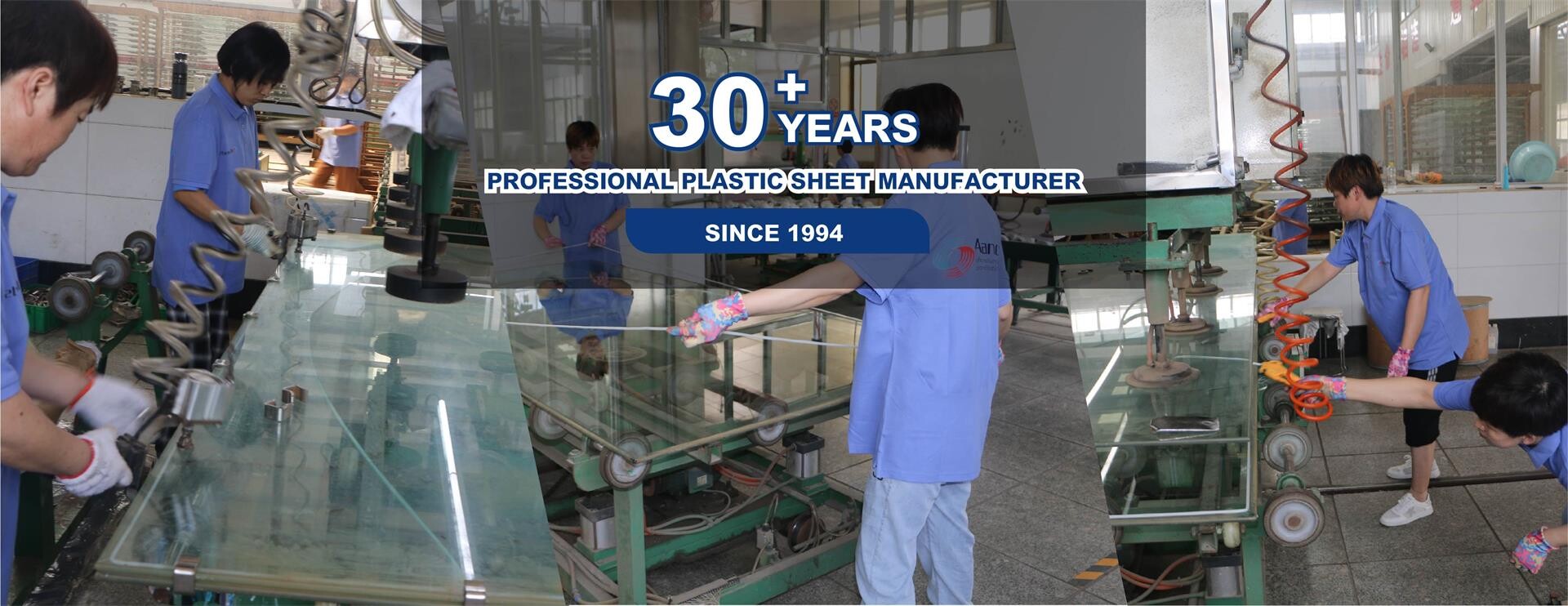The Ultimate Guide to Acrylic Sheets: Types, Uses & Buying Tips
Acrylic sheets, also known as Plexiglass or PMMA (Polymethyl Methacrylate), are widely used in industries such as construction, signage, furniture, and DIY projects. Their high transparency, durability, and versatility make them a great alternative to glass. In this guide, we’ll explore the types of acrylic sheets, key features, best applications, and maintenance tips to help you make the right choice.

1. What is an Acrylic Sheet?
Acrylic sheets are lightweight, impact-resistant thermoplastic panels that provide excellent optical clarity. They are available in various thicknesses, colors, and finishes, making them suitable for diverse applications.
Common Uses of Acrylic Sheets
- Signage & Display: Used for advertising boards, illuminated signs, menu holders.
- Furniture & Home Décor: Ideal for tabletops, shelves, decorative panels.
- Construction & Glazing: Used as a glass substitute for windows, skylights, protective barriers.
- DIY Projects & Crafting: Popular for laser cutting, CNC machining, custom designs.
- Automotive & Aerospace: Used for windshields, instrument panels, light covers.
Medical & Industrial Applications: Found in face shields, medical barriers, safety partitions.

2. Key Features of Acrylic Sheets
Thickness and Durability
- Acrylic sheets range from 1mm to 50mm in thickness.
- Thicker sheets provide better impact resistance, while thinner sheets are flexible and lightweight.
Transparency and Light Transmission
- Clear acrylic offers up to 92% light transmission, higher than traditional glass.
- Tinted or frosted acrylic reduces glare while maintaining visual appeal.
Weather & UV Resistance
- Acrylic is naturally UV-resistant, preventing yellowing and degradation over time.
- Ideal for outdoor signage, greenhouse panels, and skylights.
Temperature & Chemical Resistance
- Withstands temperatures between -40°C to 80°C, making it suitable for extreme environments.
- Resistant to moisture, mild acids, and cleaning chemicals, but avoid harsh solvents.
Ease of Fabrication & Maintenance
- Can be cut, drilled, bent, and polished without cracking.
- Low maintenance – simply clean with mild soap and water.
3. How to Choose the Right Acrylic Sheet?
Selecting the best acrylic sheet depends on factors like application, durability, and budget.
Type of Acrylic Sheet

Thickness Selection
- 1-3mm: Ideal for crafting, face shields, lightweight covers.
- 5-10mm: Best for signage, displays, partitions.
- 10mm+: Used in furniture, aquariums, heavy-duty glazing.
Color and Finish Options
- Clear Acrylic: Maximum transparency, commonly used for windows, signs, and aquariums.
- Frosted Acrylic: Reduces glare, fingerprints; perfect for privacy screens and partitions.
- Colored & Tinted Acrylic: Adds aesthetic appeal to furniture and décor.
- Textured Acrylic: Provides anti-slip properties, great for flooring applications.
- Mirror Acrylic: A lightweight, shatterproof alternative to glass mirrors.
Indoor vs. Outdoor Use
For outdoor applications, choose UV-resistant acrylic to prevent yellowing and cracking.
4. Best Acrylic Sheets for Different Applications

5. How to Cut and Maintain Acrylic Sheets?
Cutting Methods
- Laser Cutting – Best for precision cuts with smooth edges.
- Table Saw or Circular Saw – Ideal for straight cuts; use a fine-tooth blade.
- Scoring & Snapping – Suitable for thin sheets (1-3mm); score deeply before snapping apart.
- CNC Machining – Used for complex shapes and industrial-scale production.
Drilling & Polishing
- Use a drill with a slow speed to prevent cracking.
- Polish edges with sandpaper or flame polishing for a smooth finish.
Maintenance Tips
- Cleaning: Use a microfiber cloth and mild soap to prevent scratches.
- Avoid Harsh Chemicals: Ammonia-based cleaners can cause clouding.
- Scratch Removal: Use acrylic polish or a buffing compound to restore clarity.
6. Acrylic vs. Other Materials: Which One to Choose?

Best choice:
- Choose acrylic for affordable, lightweight, and visually appealing applications.
- Choose polycarbonate for high-impact and bulletproof applications.
- Choose glass for superior scratch resistance and traditional aesthetics.
7. Conclusion: Why Choose Acrylic Sheets?
Acrylic sheets are lightweight, durable, and versatile, making them perfect for various commercial, industrial, and DIY applications. They offer high clarity, impact resistance, and easy customization, making them a superior alternative to glass in many situations.
Key Takeaways:
- Choose Cast Acrylic for high-end applications.
- Use UV-Resistant Acrylic for outdoor projects.
- Consider Impact-Resistant Acrylic for safety barriers.
- Proper cutting and maintenance ensures longevity.
Looking for high-quality acrylic sheets? Explore our range with custom sizes and finishes!
Contact Us
If you have any enquiry about quotation or cooperation, please feel free to use the following enquiry form. Our sales representative will contact you within 24 hours. Thank you for your interest in our products. "*" Indicates the Fields are Mandatory
Related Posts
Request A Quote! We'll respond as soon as possible(within 12 hours)
Leave A Message

